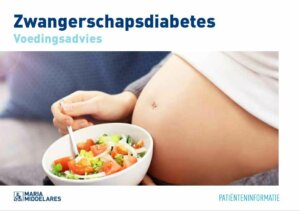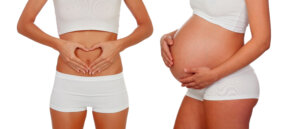Gestational diabetes
Symptoms and causes
Symptoms and causesWhat is it?
Gestational diabetes means that abnormally high blood sugar levels are detected during pregnancy.
How does it develop?
Some factors, such as obesity, age and heredity, certainly play a major role. However, it is not possible to predict exactly which women will develop gestational diabetes.
Potential risk
The mother's higher glucose sugar levels, which pass to the foetus through the placenta, stimulate increased insulin secretion by the child's own pancreas. These increased insulin levels cause the baby to grow too fast, the placenta is larger and there is more amniotic fluid. The risk of complications around birth - such as premature birth, traumata at birth and too low glucose levels in the baby - is greater than normal for such a child.
Diagnosis and treatment
Diagnosis and treatmentDiagnosis
It is very important to detect and treat gestational diabetes in good time. Although the disorder usually disappears after childbirth, the mother has a high risk of developing diabetes again during a subsequent pregnancy. Around a gestational age of 24 - 28 weeks, the gynaecologist will request a diabetes test. You drink a sugary beverage and, an hour later, your blood glucose level is checked.
Women with gestational diabetes have an increased risk of developing permanent diabetes after childbirth. The project Zoet Zwanger aims to help these women take the necessary steps for the prevention and early detection of diabetes.
Treatment
If a diagnosis of 'gestational diabetes' is made, the diet will be adjusted in consultation with the internist and dietitian. In some circumstances, it is necessary to start medication.
Gestational diabetes: explanation and diet
Gestational diabetes: explanation and dietLeaflet
LeafletTreatment centres and specialisations
Treatment centres and specialisationsLatest publication date: 19/08/2024
Something wrong or unclear on this page? Report it.








